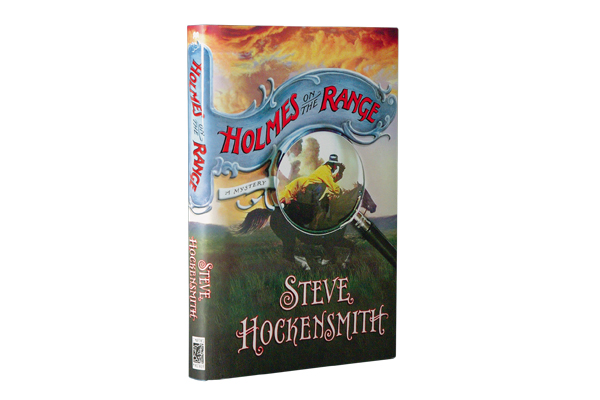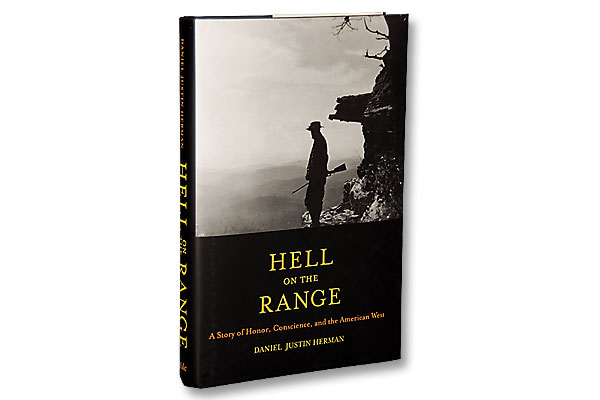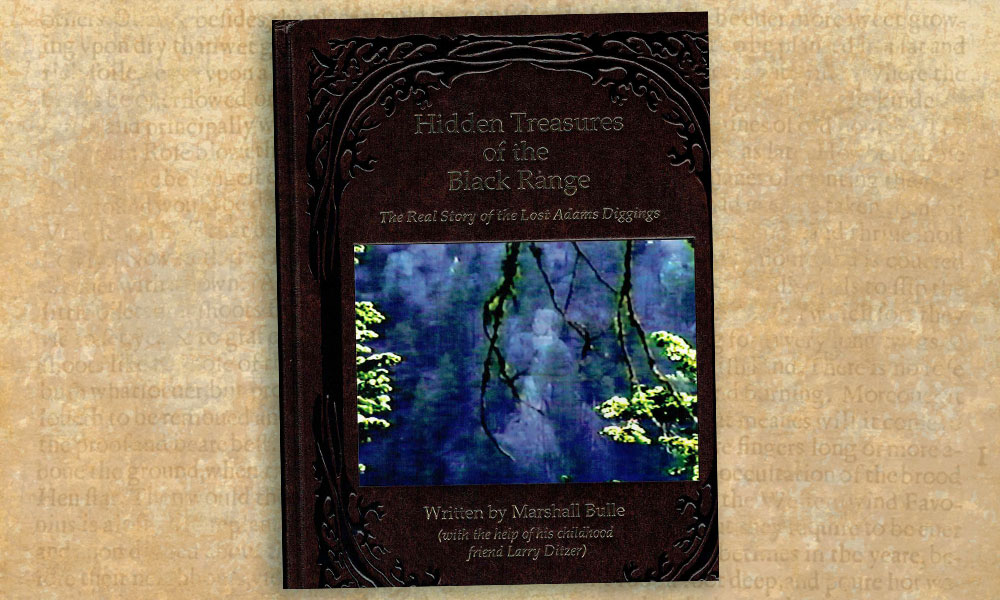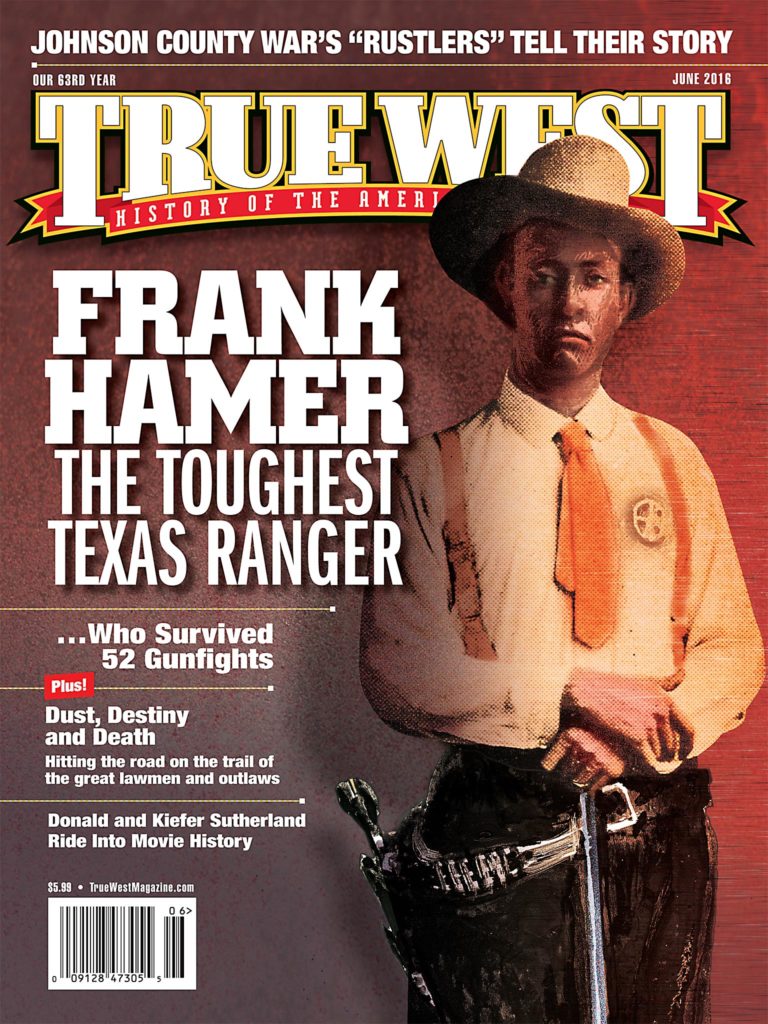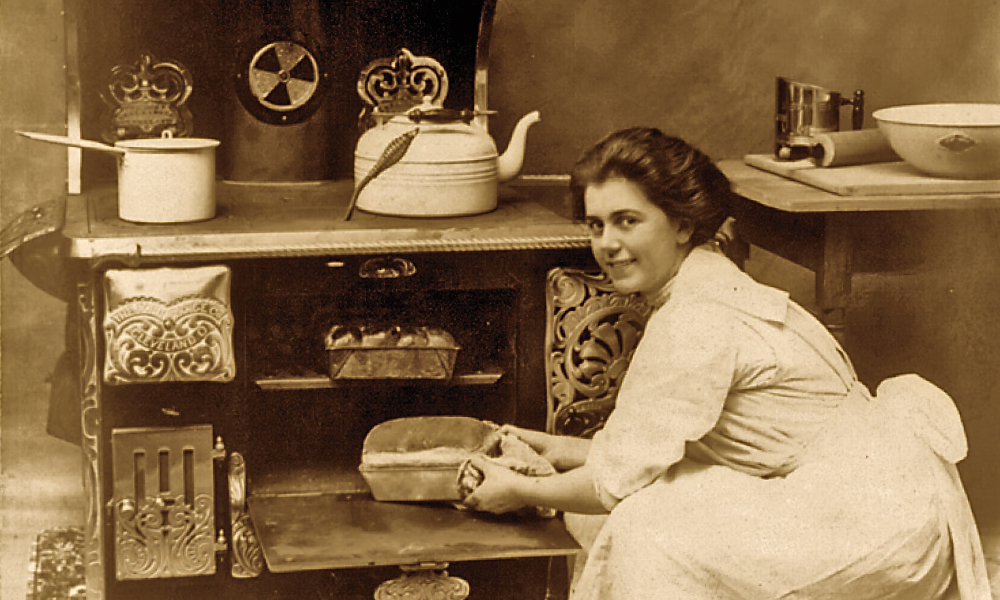
– Courtesy Library of Congress –
Whether frontier pioneers lived in a sod hut in Nebraska, an adobe in Arizona or a frame house in Texas, they all needed a way to cook and bake. Most of the time, they did so in a stove or a fireplace.
To prepare for the daily routine of cooking, a pioneer housewife or cook had to start the stove. Ah, but heat was not generated via the simple flip of a switch. In cooler months, cooks kept fires in the stove going throughout the night and stoked up the flames with new wood, which she chopped herself, or dried animal dung if wood was not plentiful. In warmer months, cooks allowed the wood in the stove to burn out and ignited a morning fire using kindling wood, newspapers or buffalo chips (dried buffalo dung).
Frontier stoves were generally made of cast iron. One side contained the area for burning wood, while the other was used as an oven. The surface was used as a stovetop, and some even had options for hot and cold water faucets. Most were equipped with a reservoir, which often held a few gallons of water at near boiling throughout the day.
Pioneer cooks had to learn how to regulate the heat in their stove. The stove did not have a numbered dial; a cook held her hand inside the oven to gauge the temperature: warm, hot, very hot. A flue helped to regulate the heat. A familiarity with antique stoves clarifies why old-fashioned cookbooks might state a recipe should be baked in a slow, moderate or hot oven.
Most people used their stoves to cook and bake, and sometimes to store their pots and pans, but one woman in Omaha, Nebraska, used hers for another purpose. Alice Nelson decided her range was a good place to store her stolen booty, reported Omaha’s The Herald, on December 29, 1888.
Because J.S. had not been bringing in enough money to satisfy his wife, Alice, she stole $65 from her landlady. Worried about Mrs. Jacobson becoming suspicious, Alice hid the money in her cold oven. Mrs. Jacobson searched her house for the money and, unable to locate it, called the police. Sergeant Hayes searched the house. He was smart enough to look in the oven.
“The only part of that article chilly enough to hold money was the oven,” the paper reported. “When he opened the door of the oven there lay the roll in its original completeness.”
The Nelsons were arrested, but only Alice was held on bail of $500. In the early part of 1889, she pleaded guilty and was sentenced to one year in the state penitentiary.
Alice should have stuck to making soufflés in her oven. A paper in Topeka, Kansas, offered a recipe in 1893 for soufflés that should be “eaten the moment it is out of the oven to be in perfection.” This potato soufflé is basically a 21st-century version of twice-baked potatoes.
Potato Soufflé
6 large baking potatoes
1 tablespoon butter
1 teaspoon salt
1/2 cup milk or cream, hot
2 egg whites
Bake potatoes until they are done. Allow to cool enough to handle, and then remove the ends of each one. Carefully scoop out the cooked potato without breaking the skins. Beat the egg whites until frothy and set aside. Mash the potatoes until lump free, then add the remaining ingredients. Stand potatoes on one end and put in the filling. Do no put tops on the potatoes. Allow to bake in 375°F for about 10 minutes or until potatoes are browned or swollen.
Recipe adapted from The Weekly Capital and Farm Journal, Topeka, Kansas, May 25, 1893
Sherry Monahan has penned The Cowboy’s Cookbook, Mrs. Earp: Wives & Lovers of the Earp Brothers; California Vines, Wines & Pioneers; Taste of Tombstone and The Wicked West. She has appeared on Fox News, History Channel and AHC.


